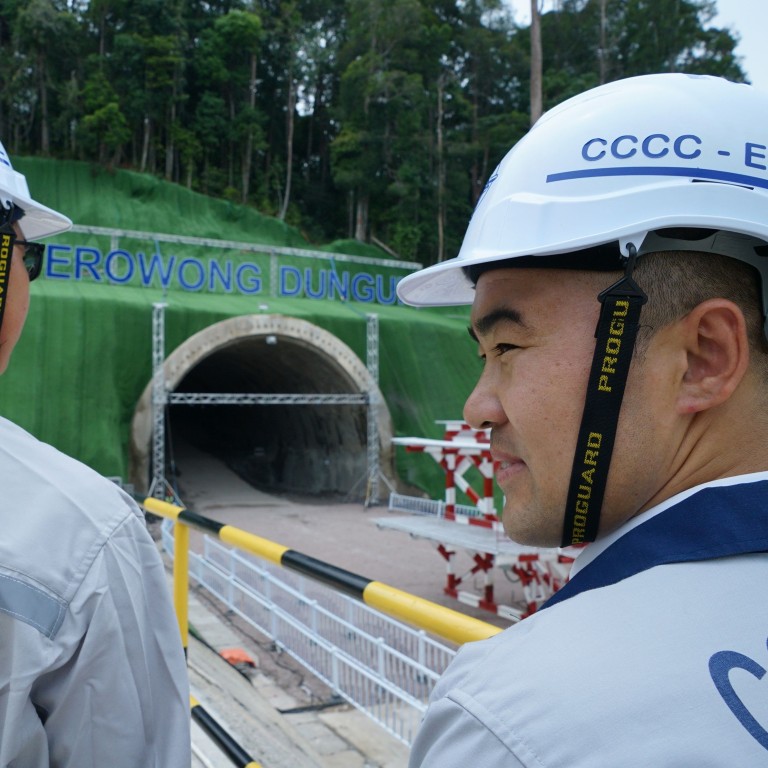
Malaysia’s China-backed US$10.5 billion East Coast Rail Link back on track, foreign minister says
- All of the problems that dogged project have been ‘fully resolved’, Saifuddin Abdullah says on visit to Beijing
- Scheme’s relaunch will give ‘better opportunities for both the government and the people of both countries’, minister says
All of the problems that derailed the China-backed East Coast Rail Link in Malaysia have now been resolved and the project is set to proceed with the greater involvement of local people, the Southeast Asian country said on Thursday.
Speaking on a visit to Beijing, where he met Chinese State Councillor Wang Yi, Malaysia’s Foreign Minister Saifuddin Abdullah said the project, which stalled over concerns about its high price tag, was back on track and all issues had been “finally resolved”.
“The relaunch of the ECRL gives better opportunities for both the government and the people of both countries,” Saifuddin said.
“You will see increased involvement by China in the project and at the same time, increased involvement by local companies and Malaysians.”

At the Belt and Road Summit in Hong Kong on Thursday, risk management experts said that if Beijing wanted to dispel any suggestions of hegemony it needed to improve its communication mechanisms and do more to engage local stakeholders.
Sir Richard Shirreff, a former deputy supreme allied commander Europe for Nato and co-founder and managing partner of Strategia Worldwide, said that however welcome Chinese money might be in other countries, projects using imported Chinese labour, construction materials and engineering sent a “very negative signal” about the initiative.
He said lessons should be learned from the scheme’s “negative experiments”, like Hambantota port in Sri Lanka, which was leased back to its Chinese operator after the local government was unable to repay its debts.
Can China really take the high road with its infrastructure plan?
The initiative was also “seen in some quarters as a means of establishing Chinese hegemony”, Shirreff said.
“Stakeholders – whether regionally, nationally, or locally – need to feel they will benefit from a project. People have to buy into BRI [the Belt and Road Initiative], rather than feel that by hosting a BRI project, they might end up with unsustainable debt,” he said.
“In strategic terms, BRI needs to be less global grand gesture with a Chinese flag on top of it, and more an indirect, nuanced approach, which takes account of the specific risks, together with the developmental needs and aspirations of the companies, countries, and communities.”
Ralph Lai Yin-ping, commissioner of the Hong Kong Export Credit Insurance Corporation, said belt and road projects needed to better engage local communities and not just governments, citing conversations he had during a trip to Kenya.
“Some locals actually felt that certain projects are a bit, to them, a bit invasive to the local community,” he said.
China’s belt and road may put Paris climate targets at risk
Chris Torrens, a Beijing-based senior partner for the consultancy Control Risks, said that besides the overlay of geopolitical risk at a global scale from the US-China conflict, one of the biggest challenges for companies and countries was the social risk from local communities not feeling the benefits from belt and road projects.
“If they don’t see that benefit, then they just begin to believe a lot of the negative local media that often emerges, which just fuels that sense of anti-China resentment, which unfortunately we do encounter in a number of belt and road countries,” he said.

